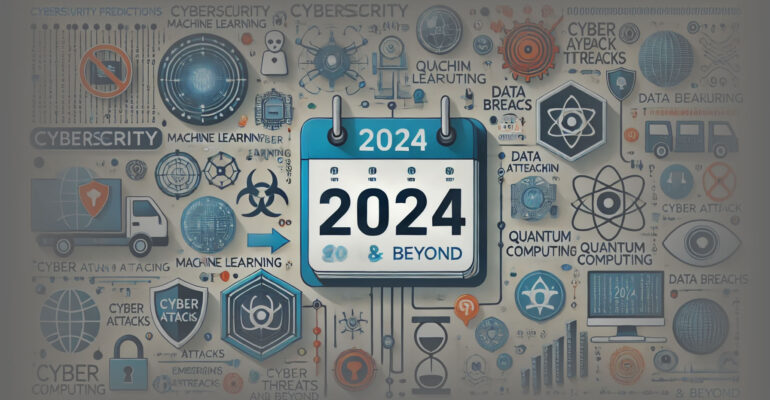Small Business Cybersecurity Predictions: 2024 and Beyond

Small Business Cybersecurity Predictions: 2024 and Beyond
As we move into the new year, cybersecurity, privacy, governance, and business risk continue as hot topics. Small business cybersecurity in 2024 and beyond will revolve around the following three key trends.
Cybersecurity Predictions for 2024+
1 Increased Threat of Ransomware and Phishing Attacks
Businesses – especially small businesses – will continue to be attractive targets for cybercriminals due to generally weaker cybersecurity measures as compared to larger corporations with larger budgets. Ransomware attacks, where hackers encrypt data and demand payment for its release, are expected to rise. Similarly, phishing attacks, which trick employees into revealing sensitive information, are likely to become more sophisticated, leveraging social engineering tactics.
Strategies to address ransomware & phishing attacks
Regular Backups
Security Software and Firewalls
Email Security
Incident Response Plan
2 Greater Reliance on Cloud Services and the Associated Security Risks
As businesses increasingly rely on cloud services for cost-effective and scalable solutions, they must also address the security risks associated with cloud computing. This includes data breaches, unauthorized access, and the challenges of securing remote access. Businesses will need to invest in cloud-specific security measures such as multi-factor authentication, encryption, and regular security audits.
Strategies to address securing cloud services
Strong Authentication Protocols
Regular Security Audits
Access Control
Encryption
3 Enhanced Focus on Employee Training and Awareness
Human error remains one of the biggest vulnerabilities in cybersecurity. Small businesses will recognize the need for regular employee training on cybersecurity best practices. This involves teaching staff to recognize and respond to cyber threats like phishing emails, use strong passwords, and follow secure protocols when working remotely.
Strategies for enhancing employee training and awareness
Regular Training Programs
Promote a Security-minded Culture
Update Policies and Procedures
Test and Evaluate
In addition to these predictions, there will be an increased adoption of AI and machine learning technologies for threat detection, a rise in cybersecurity insurance, and a greater emphasis on compliance with data protection regulations. Businesses need to stay informed and proactive in their cybersecurity strategies to protect their assets and customer data in the evolving digital landscape.
By implementing these strategies, business owners can significantly enhance their resilience against cyber threats and protect their valuable data and resources. It’s important to remember that cybersecurity is an ongoing process and requires continuous attention and adaptation to new threats and technologies.

